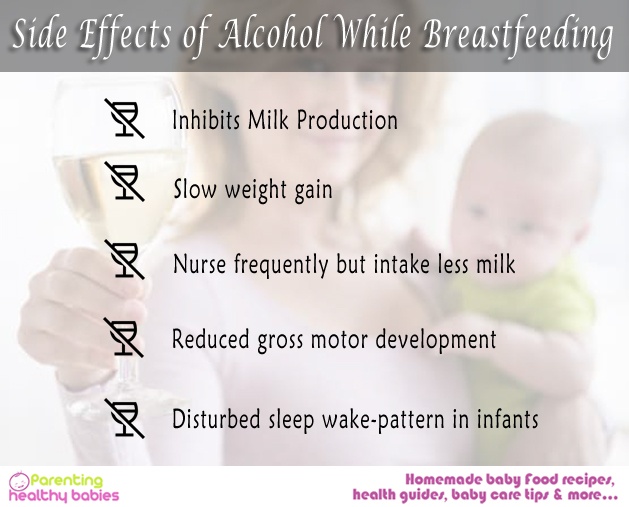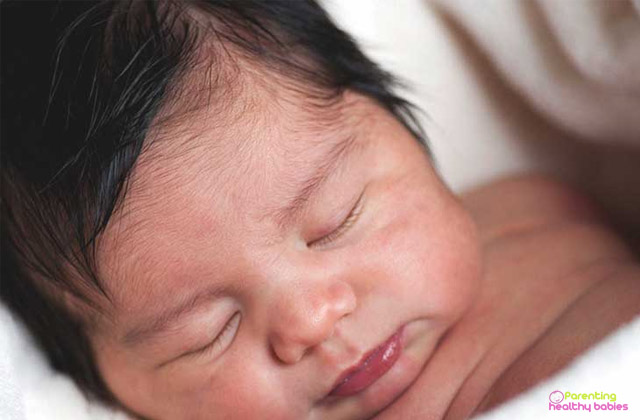The straight and simple answer to this question is ‘No’. The dad alone cannot determine the skin color of the child. The pigment called melanin, which is passed on to your baby is the factor which determines the skin color of the child.
Now the amount of melanin that your child will inherit actually depends on the amount of melanin that the child’s gets in his/her genes. An overall combination of fours genes (two for each parent) comes into play in the process of deciding the complexion of the baby. So, in a way the dad does determine the color the child but so does the mom. Now the skin color actually is determined on the basis of which gene is stronger when compared to the other. The same is applied in the case of hair and eye colors. Though there are no scientific research to back the claim, let us see what observations we can make, so far.
How is Skin Color Determined in Newborns?
Are some genes more dominant than the other?
As far as skin colors are concerned, darker complexion genes have proven to be more dominant than the lighter complexion genes. Children coming from a pure gene couple (one pure black and one pure white) are more likely to be born brown.
Amidst the brown population, the lighter brown shades are overtaken by the darker brown shades. The genes carrying higher content of melanin often determines the skin color of your child. Now if the parents are not from pure color genes, then, in that case, the chances are that the child will take a mid brown skin color.
Over the years, the population adopts a skin color which takes on the genes representing the darker skin tones. Three combinations of skin color genes predict that the child will take on a mid-brown skin complexion.
For instance, if either of the parents is black (and the other is not) then, in that case, the chances are that the child will be mid-brown in complexion. If both the parents are brown (of different shades) then also the chances are high that the child will take a mid-brown complexion. Finally, if one of the parents is dark-brown in complexion whilst the other is of a lighter skin color, the chances are high that the child will take on a mid-brown complexion.
Two combinations of skin colors are likely to produce dark brown or a light brown complexion of the child. If one of the parents is dark brown and the other is mid-brown then the child is likely to dark-brown. On the other hand if one of the parents is mid or light-brown whilst the other is white, then it is likely that the child will become light-brown in complexion.
If both the parents are of pure skin genes belonging to the same color, then, in that case, the child is likely to be of the color of his/her parents.
Is it same for the hair colors?
In case of hair colors, things are also pretty similar. However, melanin does not play a role in this. As many as 20 different genes determine the color of your baby’s hair. It all depends on the number of melanocytes your child has adopted from you.
It is always the combination of the parents’ genes which determine the final result. Primarily there are two basic types of melanocytes which are responsible for the color of your child’s hair. One of the types is called the eumelanin which makes your baby’s hair black or brown. The other type of melanocyte is called the pheomelanin which makes your child’s hair blonde to red.
If both the parents pass on the same type of pigments, the child will definitely get the hair color of his/her parents. However, if there is a clash then the stronger gene always wins the battle. It is being observed (just like in the case of the skin colors) that it is the darker genes which win the race. That means that if one of the parents passes the eumelanin pigment whilst the other passes the pheomelanin, then it is the former which normally prevails.
But there are no scientific research confirming the fact that this is what it is bound to happen.
What about the eye colors?
Whilst the hair color is determined by the melanocytes, it is the combo of alleles which determines the color of the eyes. Basically there are two types of combination which can happen-a pair of blue and brown or a pair determining green and blue.
In such cases also it is the combination of the genes which makes sure what eye color your child will have. Like most of the color determining factors it is the darker shades of brown and black which are more dominant than the lighter ones. If one of the parents has a brown allele then the baby is highly likely to get brown eyes.
Lighter eye colors are mostly possible in the cases where both the parents have lighter alleles determining either blue or green shades. However, two brown eyed parents can also produce a blue-eyed child if they both have recessive lighter alleles. But it can only be possible if both the parents have that gene. Otherwise, like most cases it is highly likely that the child’s eyes will take the darker tone.
Conclusion:
The statements made above are based on basic observations and assumptions. However, there are no strong scientific researches which can be shown to support the observations. The color determining genes actually work in some magical ways, on some occasions.
It has been found that two people of darker skin, eye, and hair colors have produced a white blonde child with blue eyes. Sometimes recessive genes gain strength under certain circumstances.
That is the reason why it cannot be said for sure that your child will most definitely have a specific skin, eye, and hair color combo. Like many other things, you have to wait for the miracles of the genes and discover how your child comes out to be.
Reference:
https://www.parents.com/getting-pregnant/genetics/tests/baby-looks/
https://www.babygaga.com/how-is-skin-color-determined-in-newborns-15-pics-you-need-to-see/













